
BUILDINGS and places need to be designed and developed in a sustainable way to allow communities to be less reliant on air-conditioning and cars, a leading architect said.
Sustainable design can lead to cost and energy efficiencies, enhanced lifestyles and a reduced impact on climate change, according to Tim Makower, partner at Doha-based architects Allies and Morrison, who shared his ideas at the Sustainability and the Built Environment Seminar held in Doha, Qatar and organised by the UK Trade & Investment section of the British embassy in the country.
“Air-conditioning is not the only way to cool a building, especially in the more temperate months of the year. The Gulf faces extremely hot weather for three, arguably five, months of the year and during this time air-conditioning is essential. But for the rest of the year, the weather is very pleasant and architects, engineers and developers should explore alternative ways to cool buildings during these months,” said Makower.
“We need to design places and buildings that allow people to respond to the climate and live in more harmony with the seasons,” he added. “We are designing homes and work places now which can be dramatically opened up on to external courtyards and balconies in good weather.”
Makower said this flexibility should also extend to the use of the car. He believes that places should be designed to be pedestrian-friendly and that streets should be naturally cooled so that people can choose to walk to school, shops, the mosque or to work during the cooler months, instead of having to use their cars and face traffic congestion.
Makower explained how using inventive solutions, which are often founded in traditional Qatari methods and building techniques, can naturally cool buildings.
For instance, buildings can be cooled by incorporating wind-catchers or using thick walls. They can also be positioned to capture the prevailing winds and sea breezes and be related to the sun’s path to create optimum shade.
This can be supported by architectural features such as projecting cornices, canopies, colonnades and screens, all of them traditional Qatari motifs.
Re-introducing the traditional form of the narrow lane, or sikkat, is another way to create shaded spaces with modern buildings, he added.



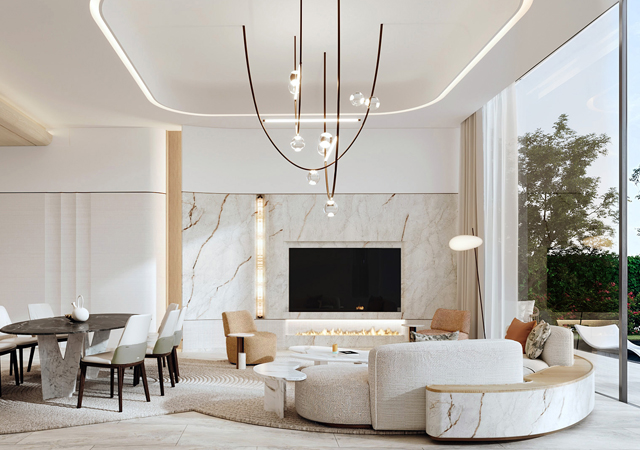
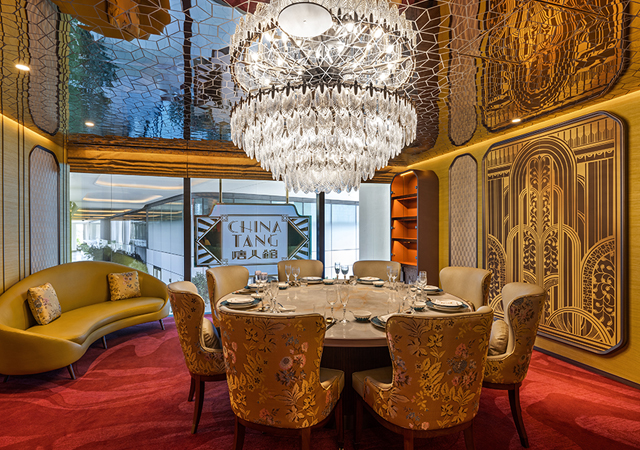
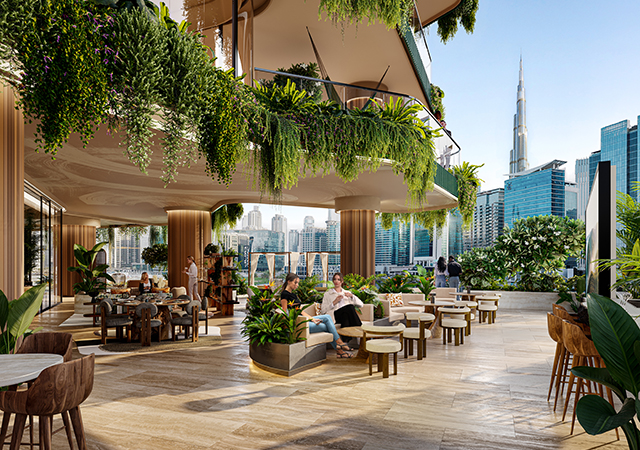
.jpg)
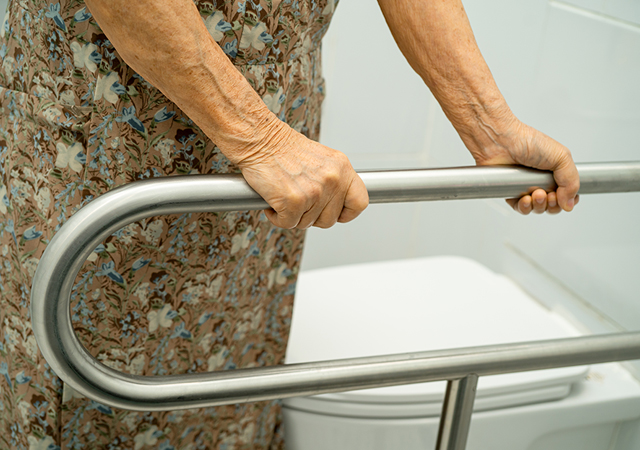


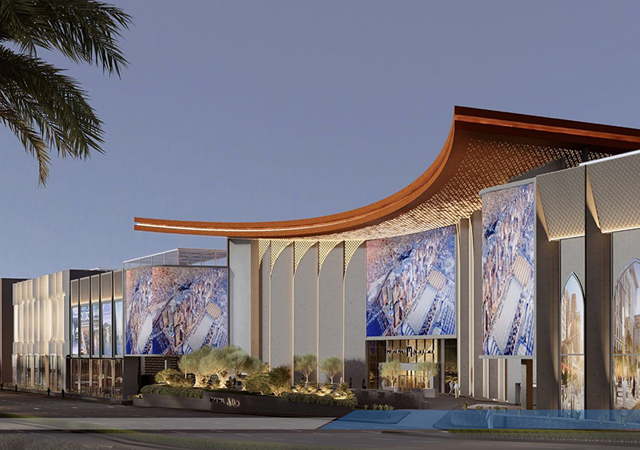
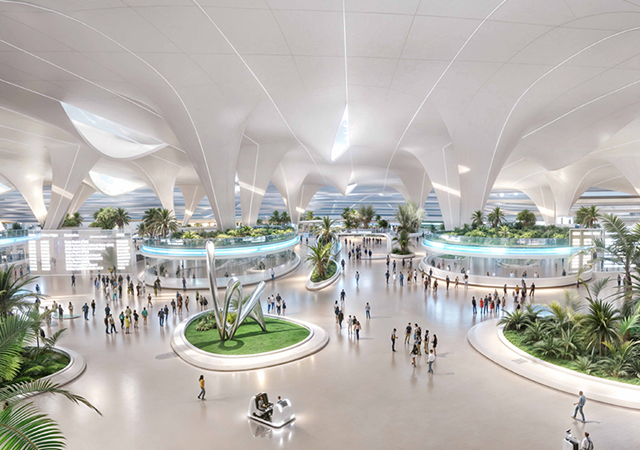
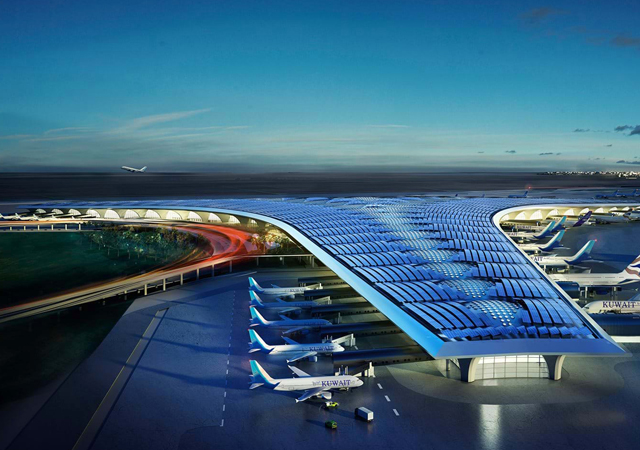
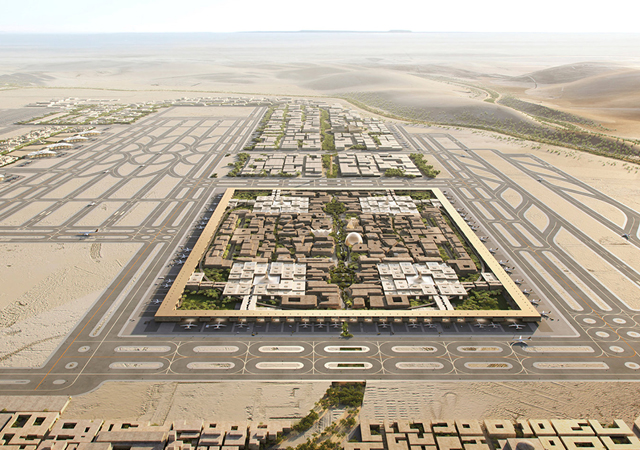
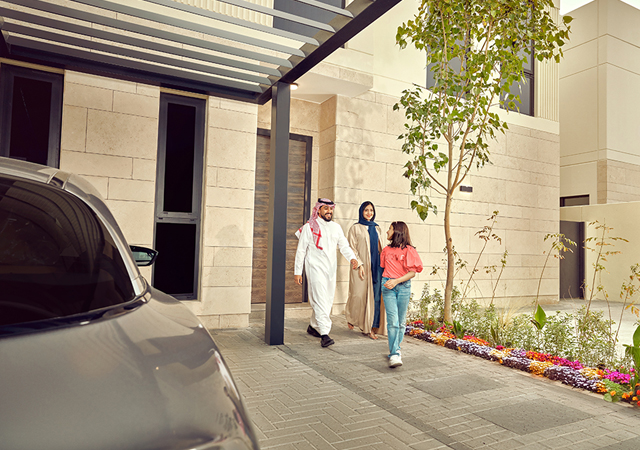
.jpg)
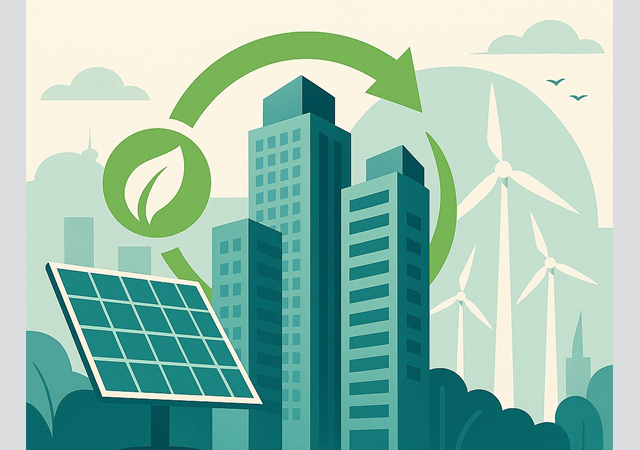
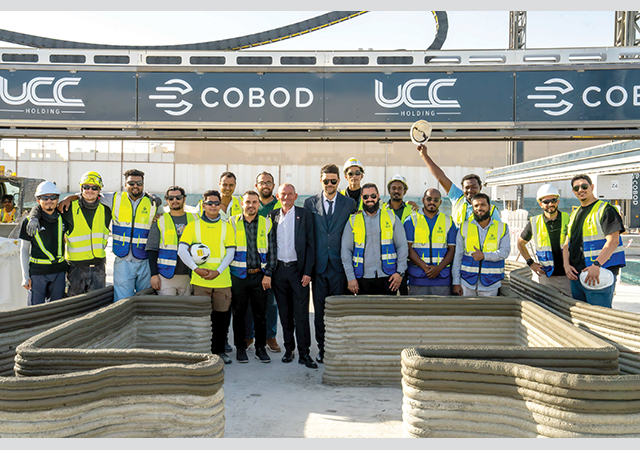
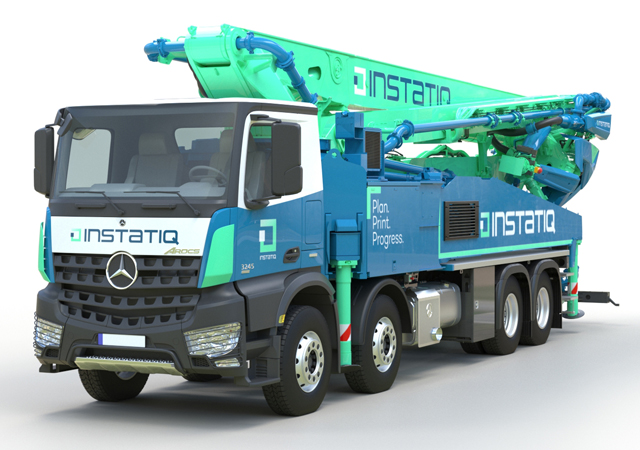
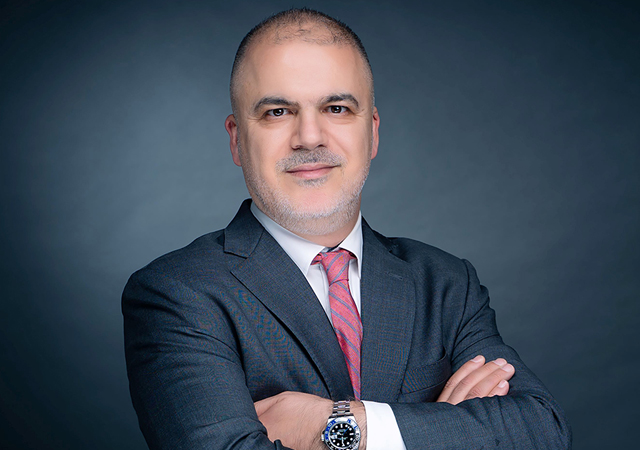
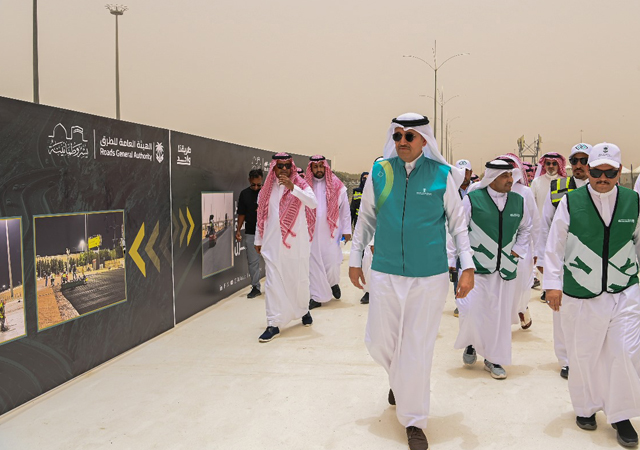
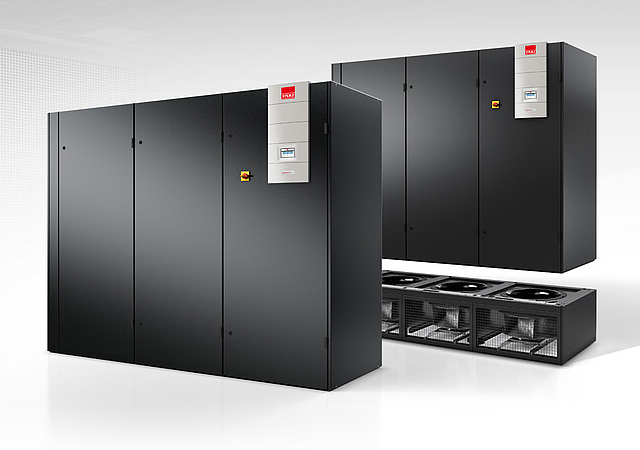
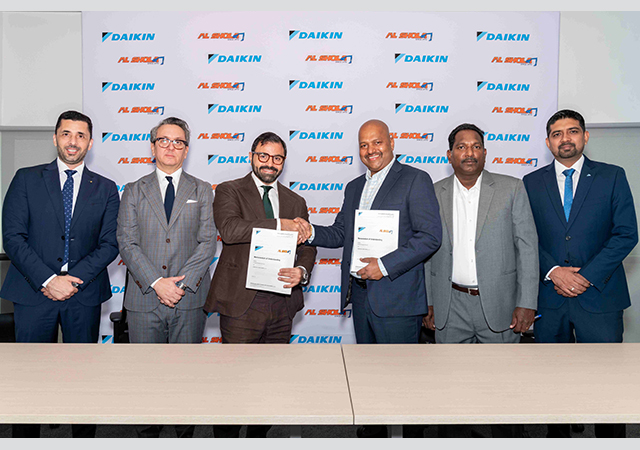

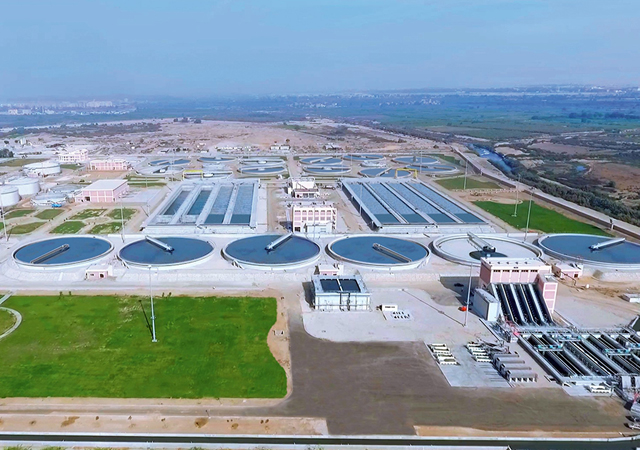
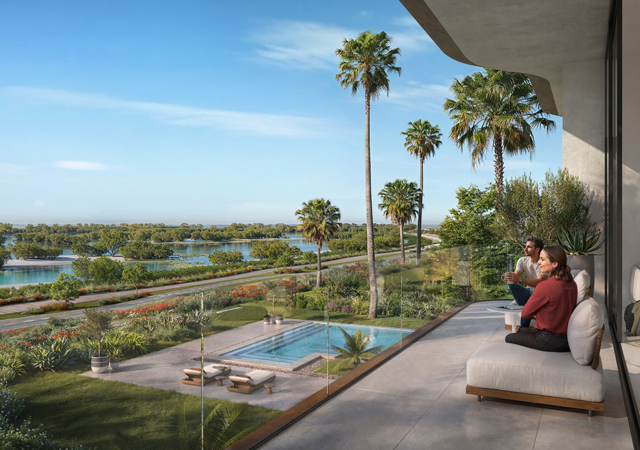
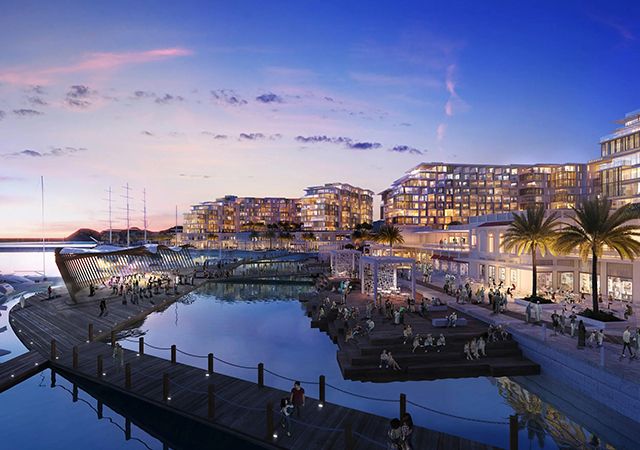

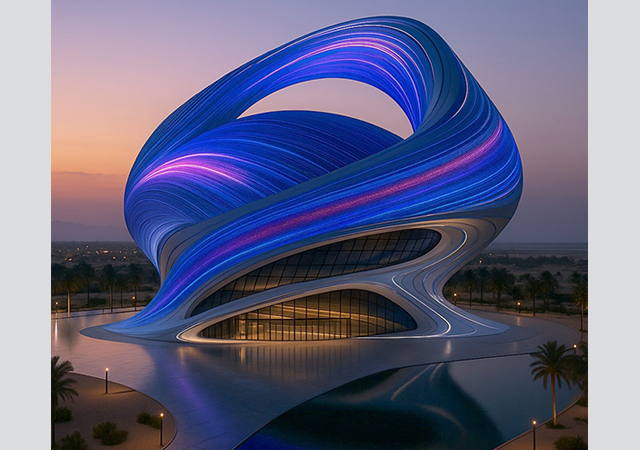
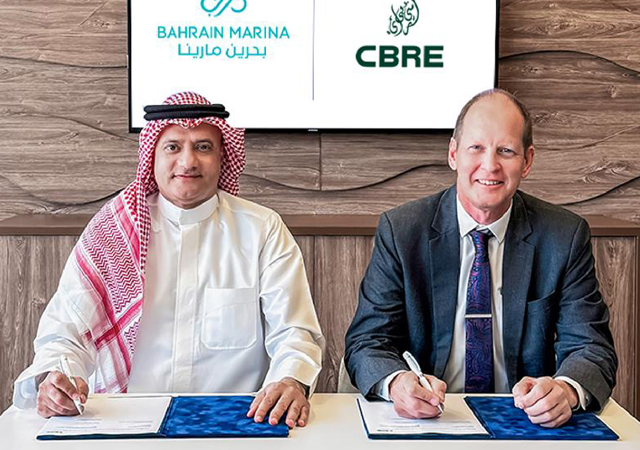
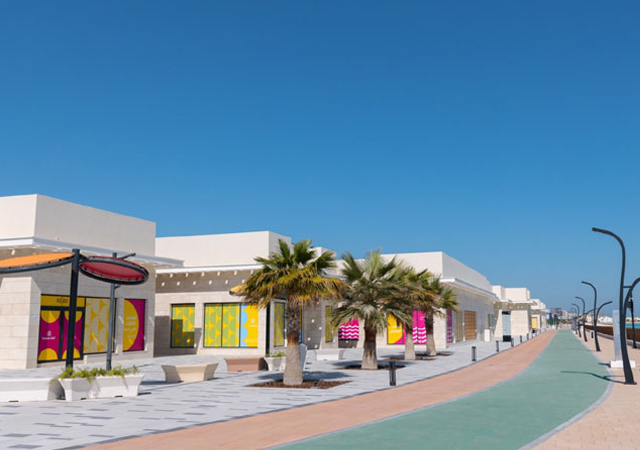
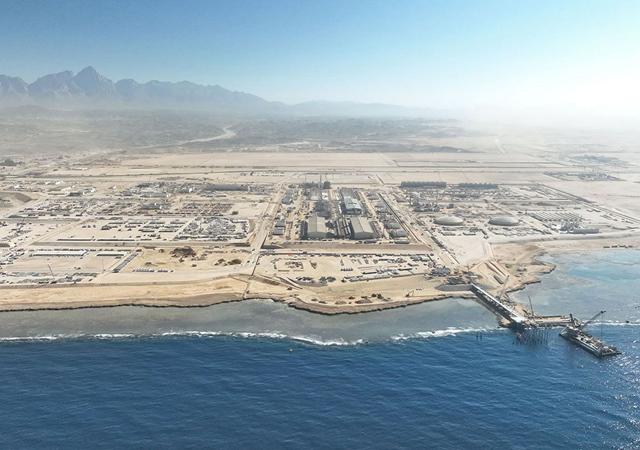
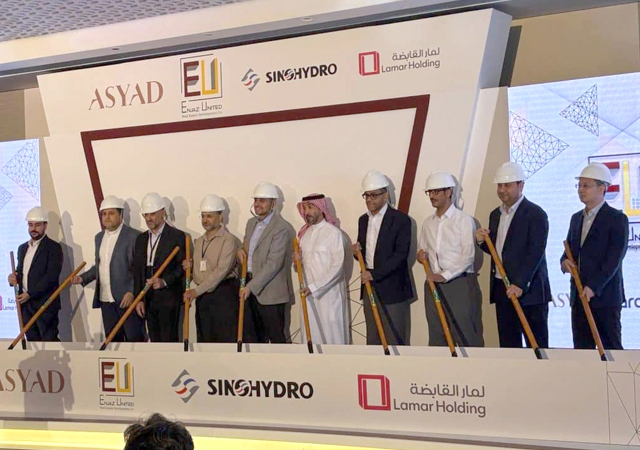
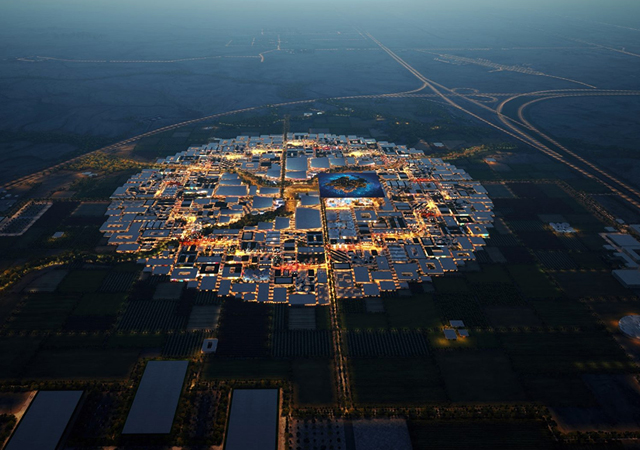
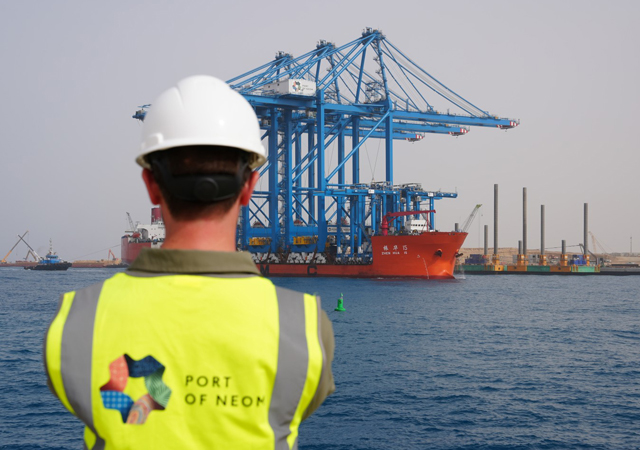
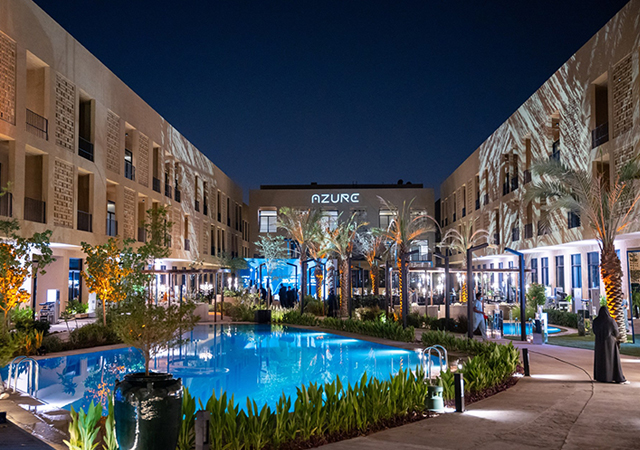
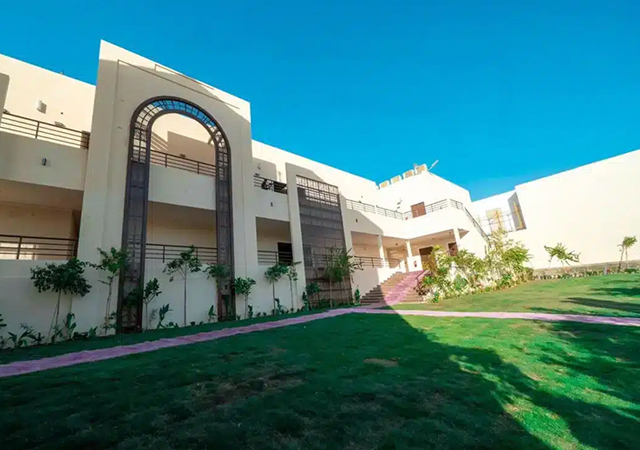

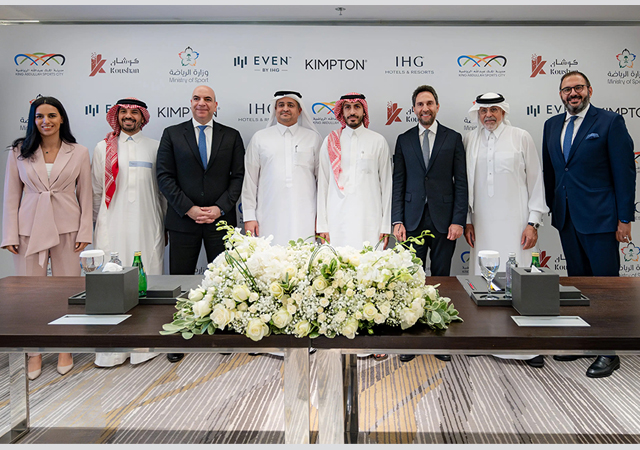
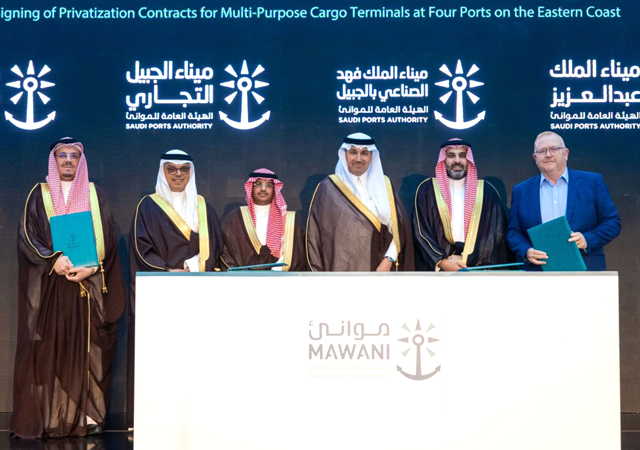
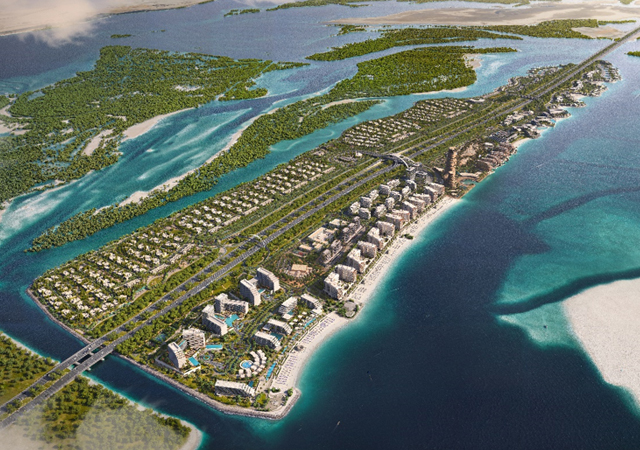
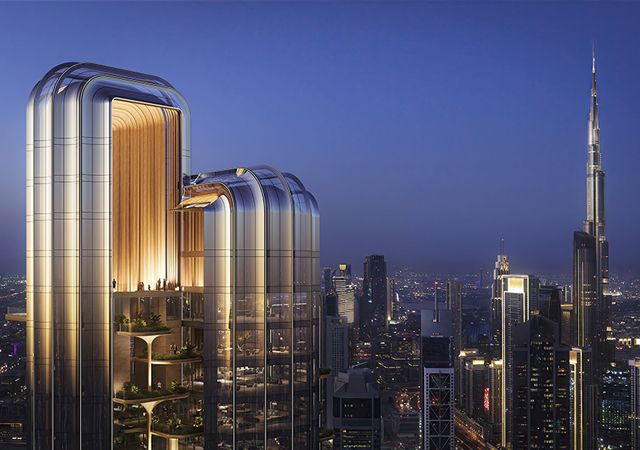
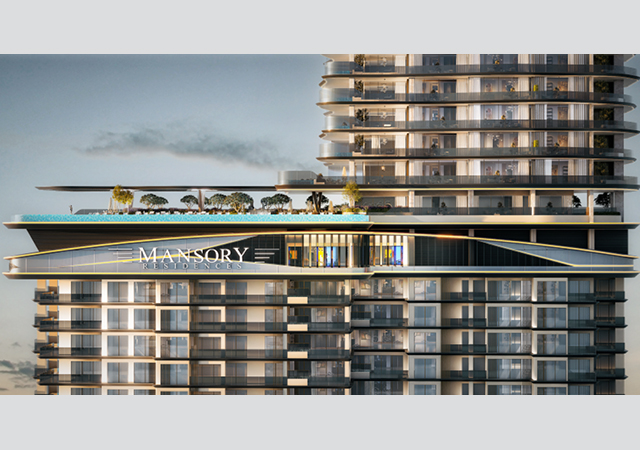
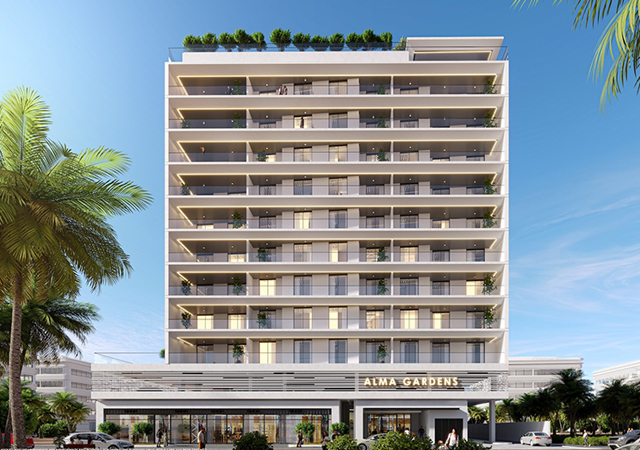

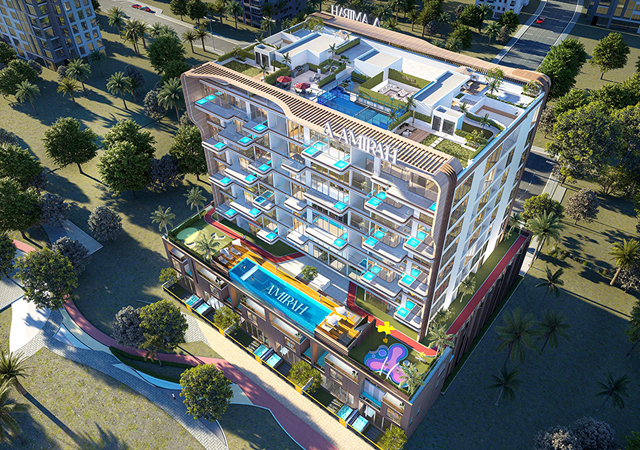
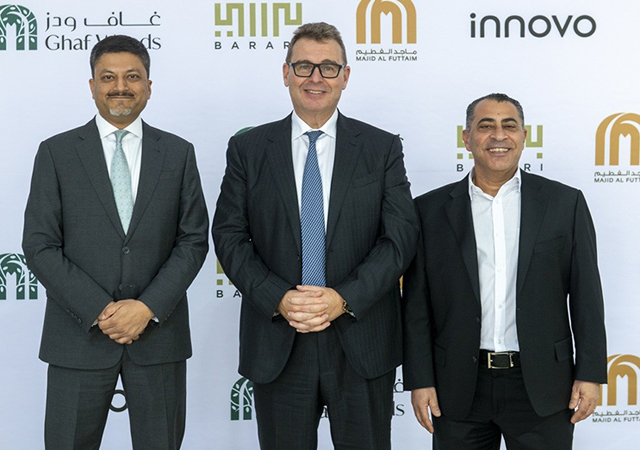
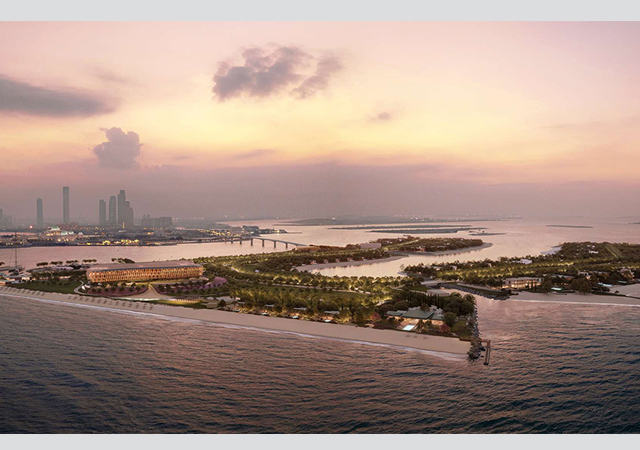
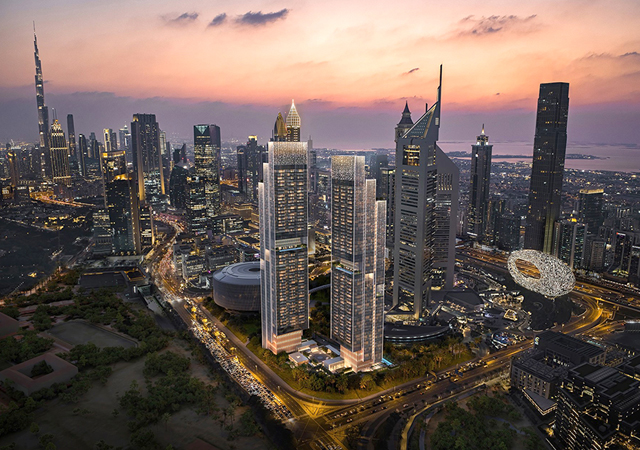
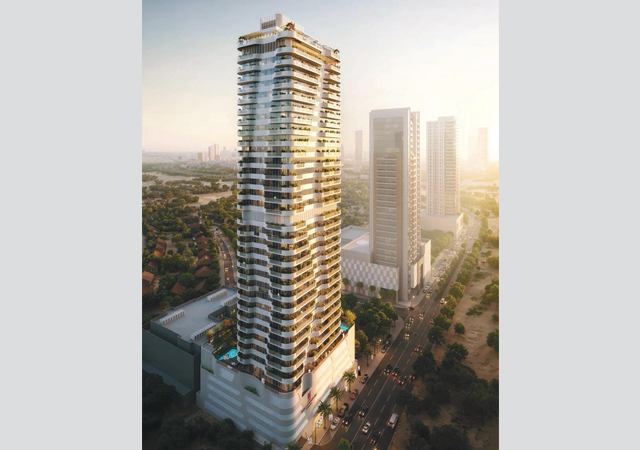
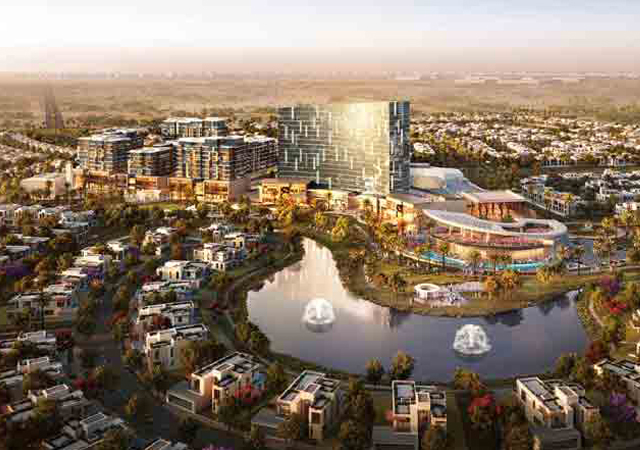
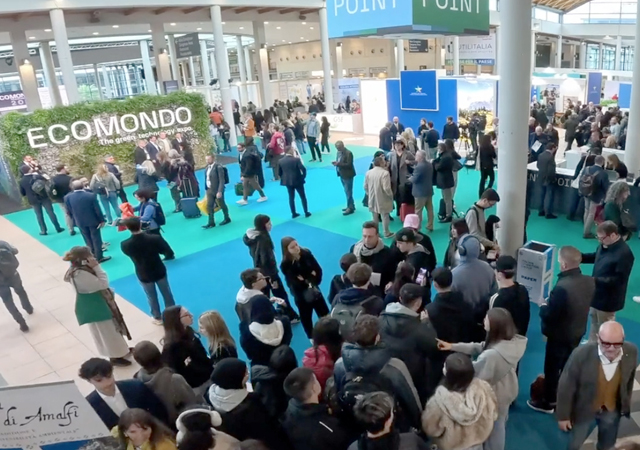
.jpg)





